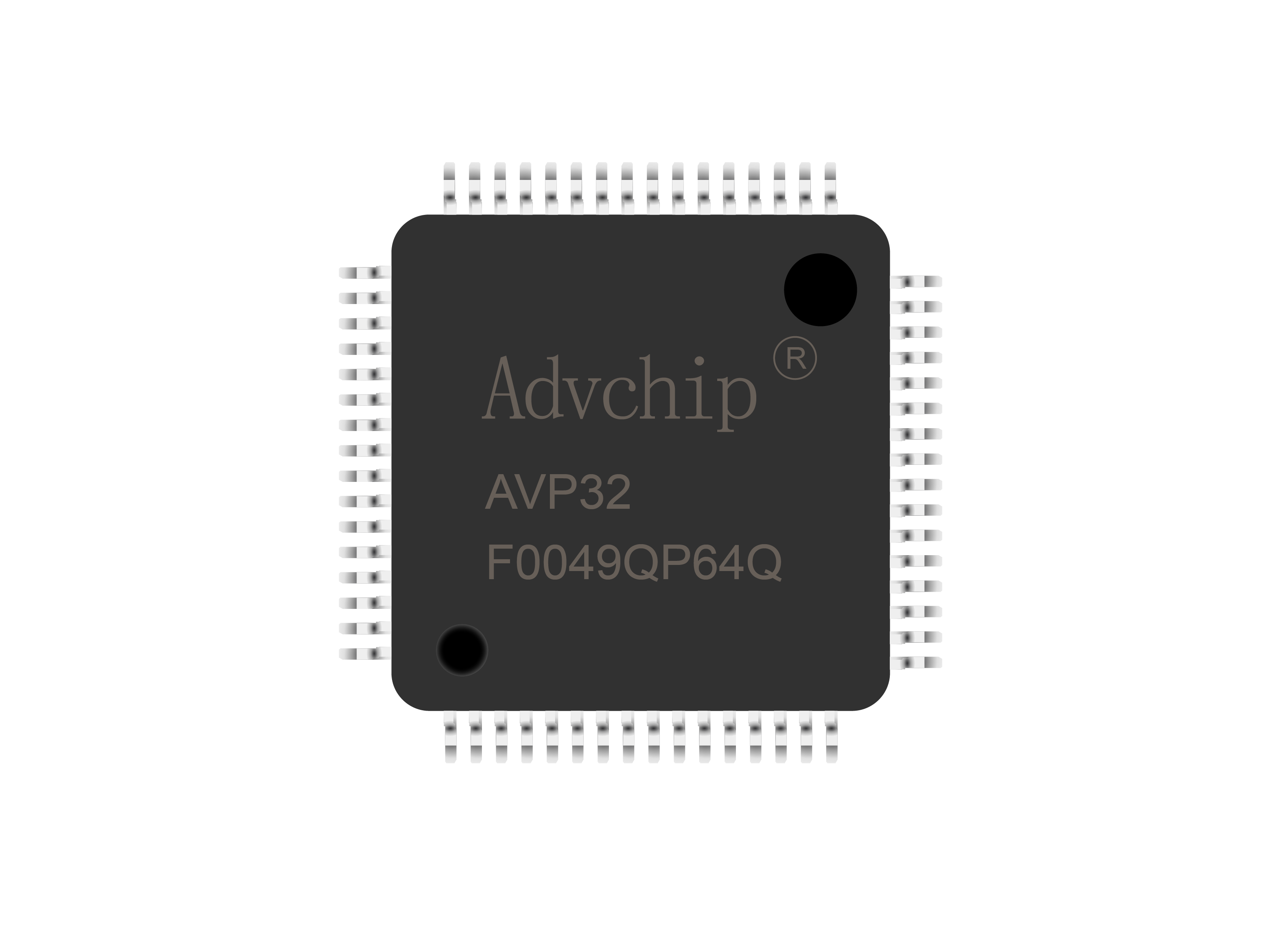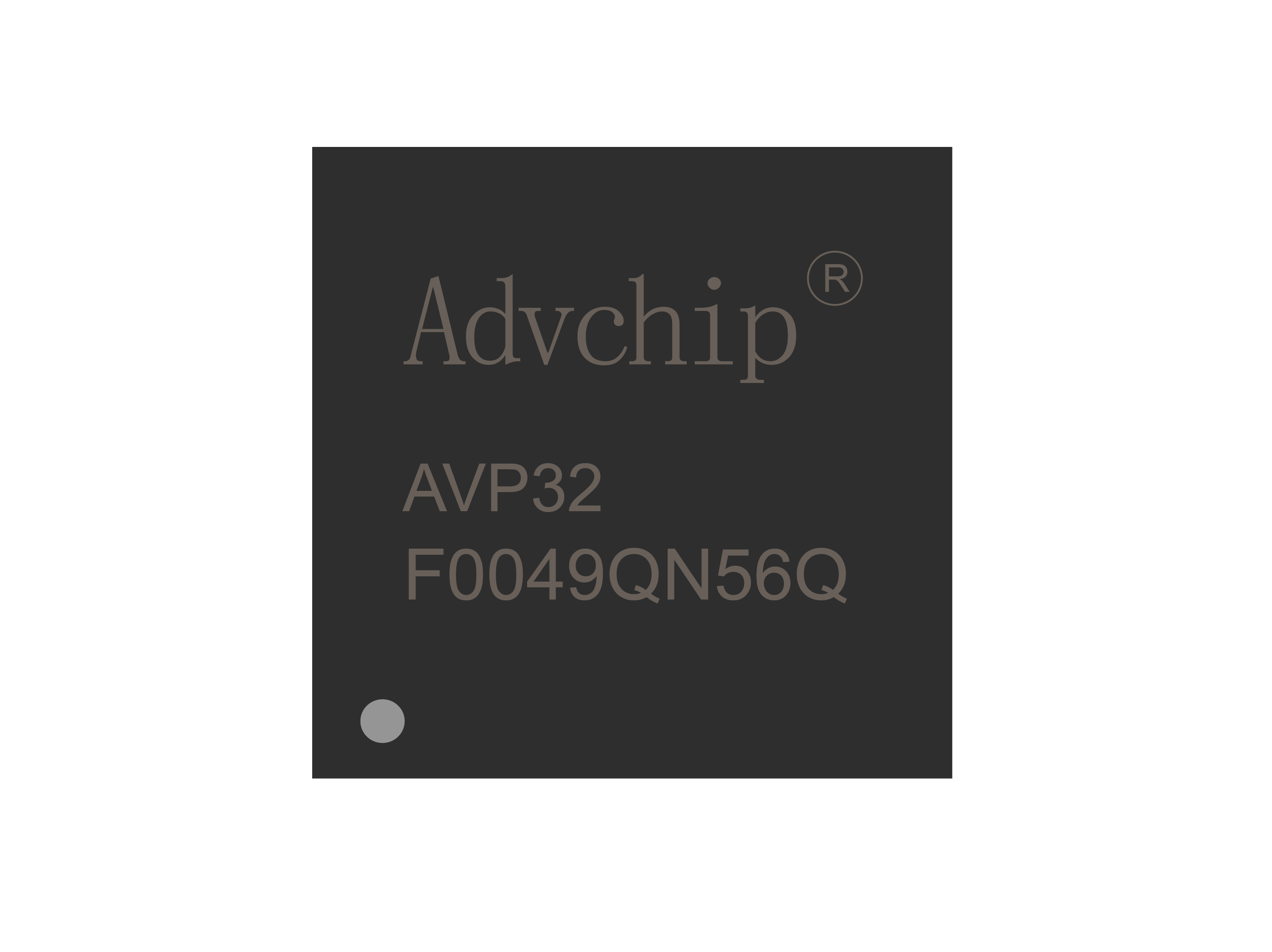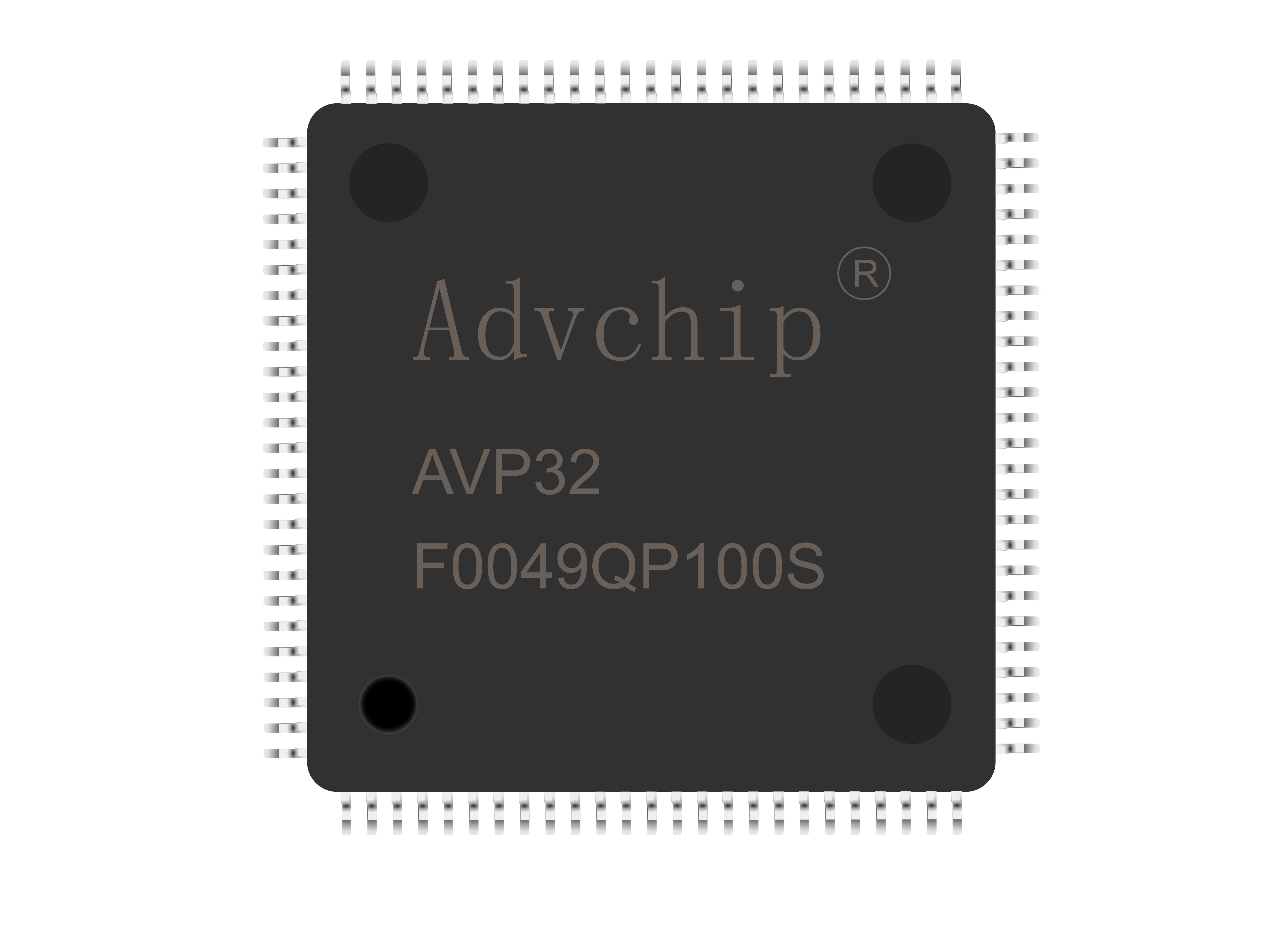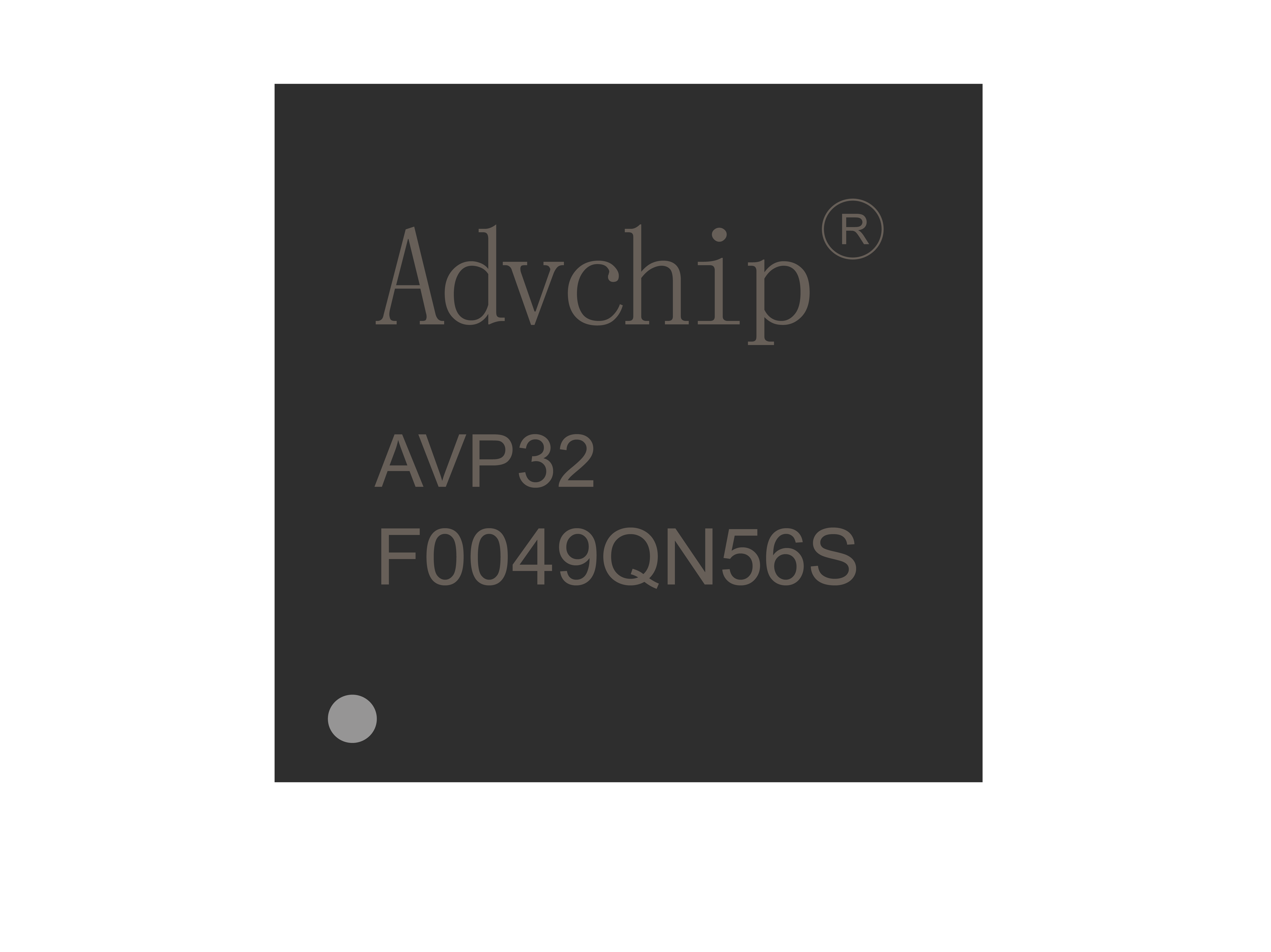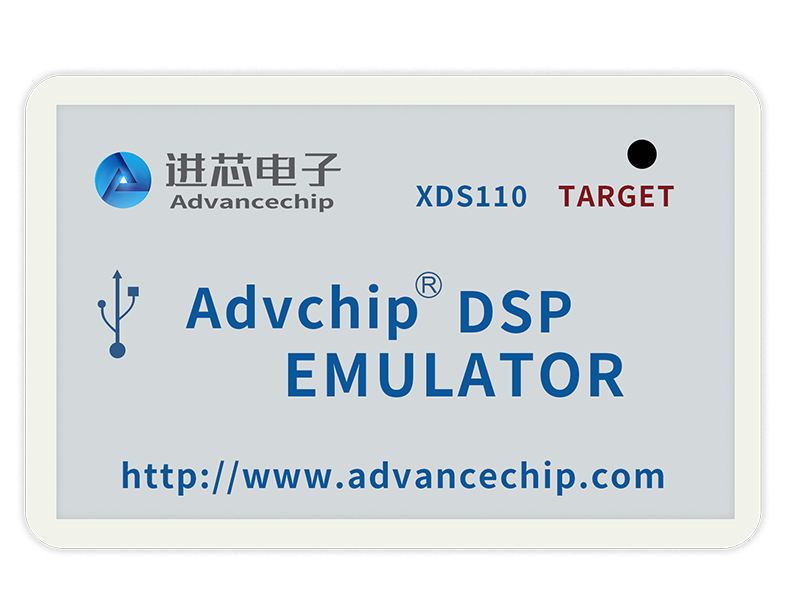AVP32F0049
AVP32F0049 is a high-performance floating-point processor with a Harvard bus architecture and a clock speed of up to 120MHz; Supports up to 256KB (128KW) of flash memory and three independent 12 bit ADCs; Contains advanced control peripherals (with frequency independent ePWM/HRPWM and eCAP); Supports connections through various industry standard communication ports such as SPI, SCI, I2C, LIN, and CAN.
Datasheet →industry Automotive Standard
• AVP32F0049 32 bits CPU
- Main frequency 120MHz
- IEEE 754 Single Precision Floating Point Unit (FPU)
- trigonometric functions mathematical units (TMUs)
• Compared with software library methods, the common trigonometric functions include 3 times to 4 times cycle Performance improvement
• 13 Periodic Pike transform
- Viterbi/ complex mathematical unit (VCU-I)
- Ten hardware breakpoints (including ERAD )
• Programmable Control Law Accelerator (CLA)
- 120 MHz
- IEEE 754 single precision floating-point instructions
- is independent of the main CPU and executes code
• on-chip memory
- provides 256KB (128KW) flash memory (}) on two independent storage banks ECC Protection)
- 100KB (50KW) RAM( ECC protection or parity protection)
- Supports third-party development for dual zone security
- Identification (UID) Number
• Clock and system control
- Two internal zero pins 10MHz oscillators
- on-chip crystal oscillator and external clock input
- windowed watchdog timer module
- Clock loss detection circuit
• 1.1 V kernel 3.3V I/O Design
- can generate 1.1 V Internal voltage of VREG or DC-DC allows for single power supply design
- undervoltage reset (BOR) circuit
• system peripherals
- 6 channels direct memory access (DMA) controllers
- 40 independent programmable multiplexed general-purpose inputs / outputs (GPIO) pins
- provides 21 digital inputs on the analog pins
- Enhanced Peripheral Interrupt Extension (ePIE) Module
- supports multiple low-power modes with external wake-up function (LPM)
- Embedded real-time analysis and diagnosis (ERAD)
• Communication peripherals
- A power management bus (PMBus) interface
- One Integrated Circuit Bus (I2C) Interface(Pin Bootable)
- Two Controller Area Network (CAN) Bus Ports (Pin Bootable)
- Two serial peripheral interfaces (SPI) ports (pin bootable)
- Two serial communication interfaces compatible with UART (SCI)
(pin bootable)
- A local interconnect network compatible with UART (LIN)
- A fast serial interface with transmitter and receiver (FSI)
• simulation system
- Three 3.45MSPS 12 bit analog-to-digital converters (ADC)
• Up to 21 external channels
• Each ADC has four integrated post-processing blocks . tag11 (PPB)
- Seven window comparators with 12 bit reference digital to analog converters (DAC) (CMPSS)
• digital interference filters
- Two 12 bit buffers DAC outputs
- Seven programmable gain amplifiers (PGA)
• Programmable gain settings: 3 、 6 、 12 、 24
• Programmable output filtering
• Enhanced control peripheral
- 16 with high-resolution functionality () 150ps resolution) of ePWM channels
• have high-resolution integrated dead zone support
• integrated hardware bounce zone (TZ)
- Seven enhanced capture (eCAP) modules
• provide high-resolution capture (HRCAP)
on two modules - Two enhanced orthogonal encoder pulses (eQEP) modules
that support CW/CCW operation modes - Four ∑ - Δ Filter Module (SDFM) Input Channel (Two Parallel Filters per Channel)
• Standard SDFM Data Filtering
• A comparator filter
• configurable logic block (CLB)
for fast operation in cases of overestimation or underestimation - Enhance existing peripheral functionality
- supports location manager solutions
• Encapsulation Options:
- 100 Pin Thin Quad Flat Package (LQFP)
- 64 pins thin square flat package () LQFP )
- 56 pin ultra-thin leadless square flat package (VQFN)
• Temperature options:
- S: -40 ° C to 125 ° C
- Q : -40 ° C to 125 ° C ( passes through ) AEC-Q100 Authentication )


 CN
CN
 EN
EN

